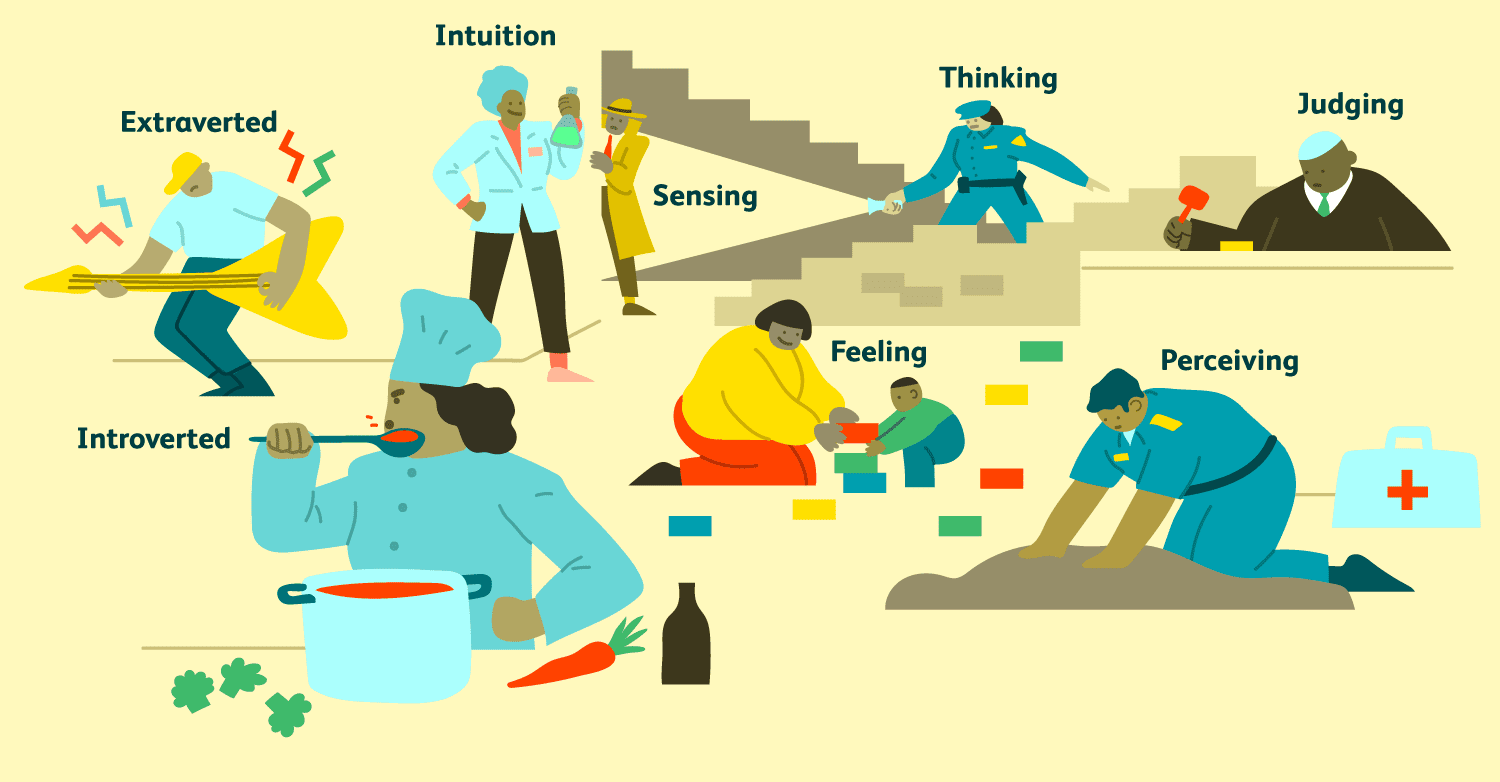
FAQ About Myers-Briggs Personality Type Test

Is it possible to have a balanced combination of two personality types?
The Myers-Briggs Type Indicator (MBTI) suggests that individuals fall into one of 16 distinct personality types based on their preferences across four dimensions. Each type represents a combination of preferences, such as extraversion or introversion, sensing or intuition, thinking or feeling, and judging or perceiving.
However, it's important to note that individuals may exhibit characteristics or preferences from both ends of a dimension, which can create a sense of balance or flexibility. This is often referred to as having a preference for "ambiversion" or being "balanced" on a particular dimension.
For example, someone might exhibit characteristics of both extraversion and introversion, enjoying social interactions but also valuing solitary time. This doesn't mean they fall into a separate personality type but rather that they may display a more flexible or adaptable approach depending on the situation.
Similarly, individuals can display flexibility or balance across other dimensions, such as being comfortable with both thinking and feeling approaches or demonstrating a mix of judging and perceiving tendencies.
While the MBTI focuses on identifying an individual's dominant preferences, it recognizes that people can exhibit traits from both ends of a dimension, albeit to varying degrees. It's important to understand that being balanced or flexible does not imply having an equal preference for both ends but rather having the ability to adapt and utilize both approaches when necessary.
It's also worth noting that other personality frameworks, such as the Big Five, acknowledge the presence of personality traits on a spectrum rather than categorizing individuals into discrete types.
Overall, while the MBTI identifies distinct personality types, individuals can display a range of characteristics and exhibit flexibility or balance across preferences, adding nuance to their personality profile.
